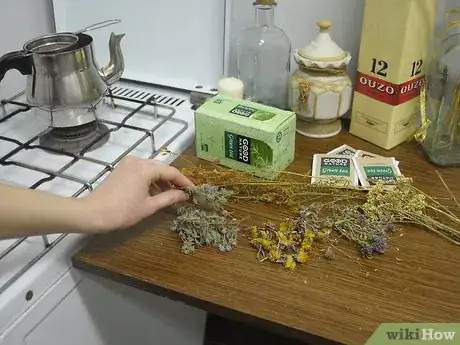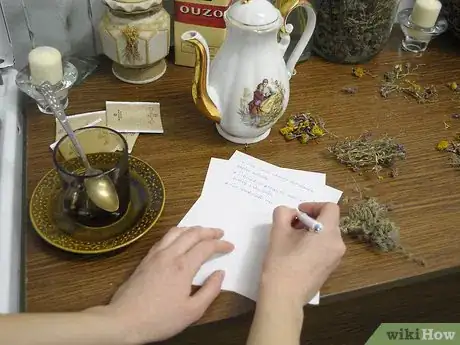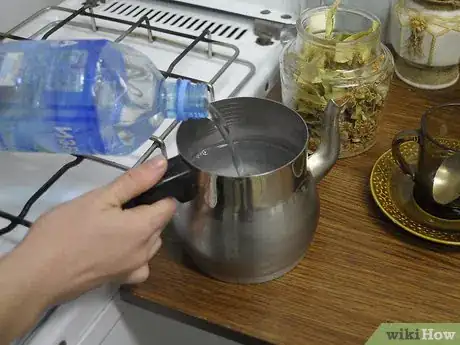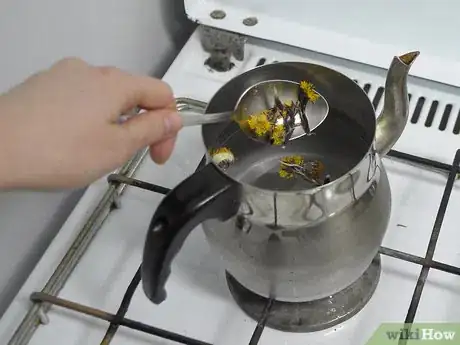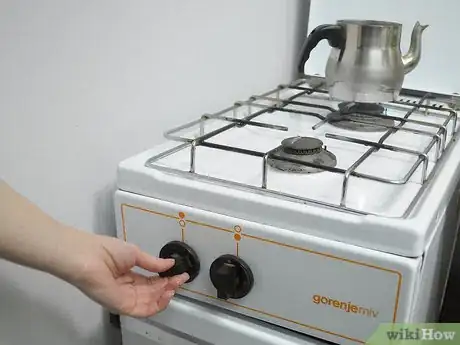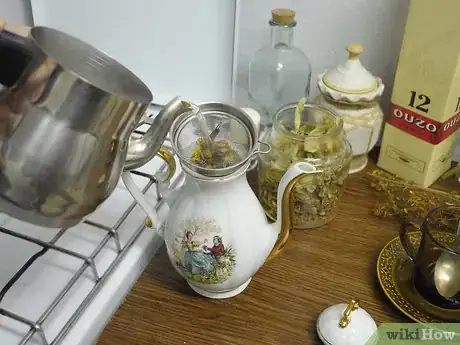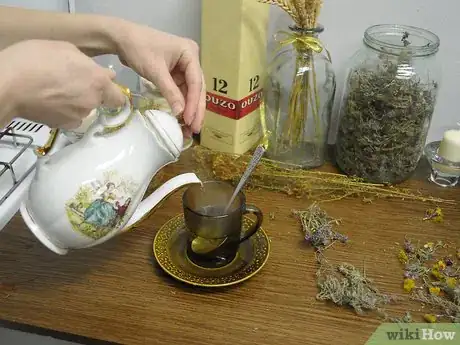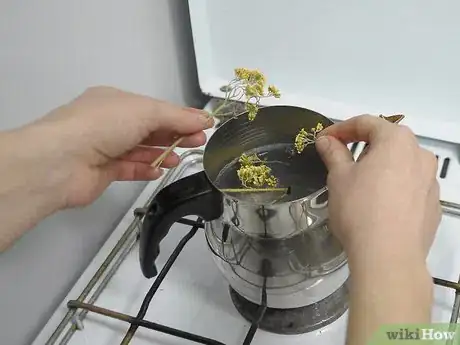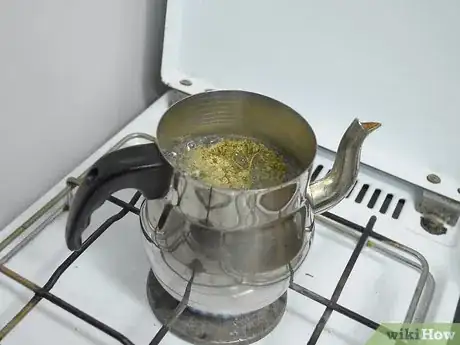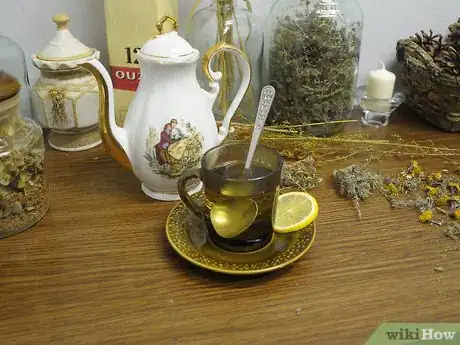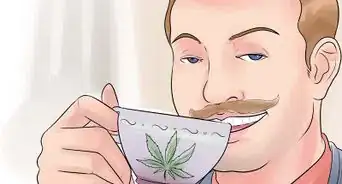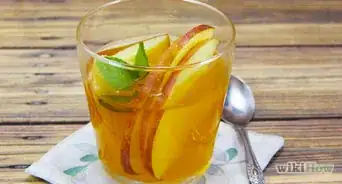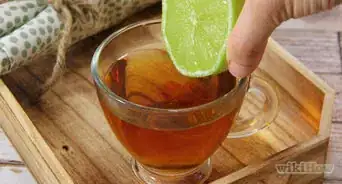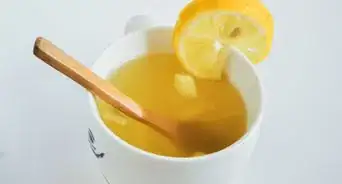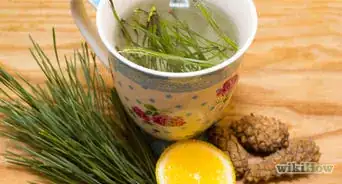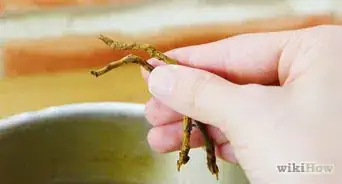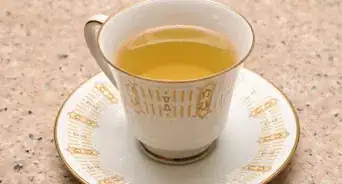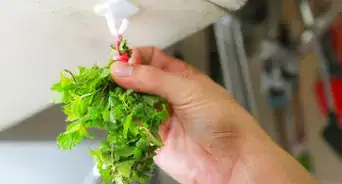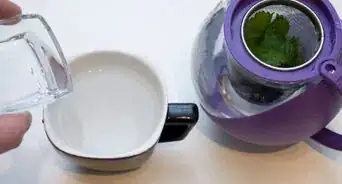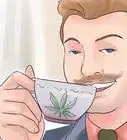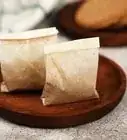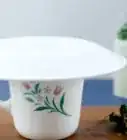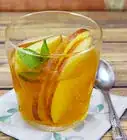X
wikiHow is a “wiki,” similar to Wikipedia, which means that many of our articles are co-written by multiple authors. To create this article, volunteer authors worked to edit and improve it over time.
This article has been viewed 136,687 times.
Learn more...
Herbal teas can be very pleasurable to drink, but can also, with regular use, tone, soothe, and balance the body. Use the decoction method of brewing tea when working with hard, woody substances (such as roots, bark, and stems) that have constituents that are water-soluble and non-volatile.
Steps
-
1Understand what an herbal tea is. Herbal tea does not have tannin or caffeine but does have varying amounts of antioxidants depending on how the herb is processed.
-
2Understand the purpose of the decoction method. In addition to the traditional recipe for brewing tea (1-cup boiling water poured over 1-t dried herb or 2-t fresh herb), you may also choose to make an infusion (which is stronger than a tea) or a decoction.
- The decoction method is used for hard, woody substances (such as roots, bark, and stems) that have constituents that are water-soluble and non-volatile. (Red clover is an exception because red clover flower decoction will extract more minerals than the infusion.)
- Decoctions extract mainly mineral salts and bitter principles. Decoctions are intended for immediate use.
- Store for a maximum of 72 hours in the refrigerator.
Advertisement -
3Make a decoction. The basic recipe for a decoction includes 1-pt water and 1-oz of herb or root.
- Place the water into a pot made from non-reactive metal (such as stainless or enamel; do not use aluminum).
- Cut or crush the herb or root and add it to the water in the pot. (Do not cut or crush the herb or root in advance, as vital constituents can be lost.)
- Turn on the heat to medium. Simmer your decoction with the lid off until the volume of water is reduced by one-quarter (so, three-quarters of a pint remains).
- Cool and strain. Store in the fridge for no more than 72 hours.
- Take in divided doses according to use.
-
4Use a decoction when an herb is better simmered than steeped to extract their specific nutrients. For example, oatstraw contains silica, which requires simmering to be released into the water.
- In addition, red clover blossoms must be simmered to extract their copper and iron, and dandelion roots should be simmered to prepare a pleasant, coffee-like beverage.
-
5Finished.
Advertisement
Community Q&A
-
QuestionHow can I make a herbal tea with two or more herbs?
 Community AnswerFor one person, in a saucepan, add 1 cup water and a few leaves of each herb, and let it boil. Once the water's color begins to change, you can pour it in a cup using a tea strainer to prevent the herbs from falling into the cup. DONE!
Community AnswerFor one person, in a saucepan, add 1 cup water and a few leaves of each herb, and let it boil. Once the water's color begins to change, you can pour it in a cup using a tea strainer to prevent the herbs from falling into the cup. DONE! -
QuestionAre neem leaves okay for decoction?
 Eman asgharCommunity AnswerNeem decoction is not harmful if taken over a short period of time. It acts as a blood cleanser and is good for the skin. If used regularly over a long period of time, there are some side effects on the eye. Karela juice is much more effective in controlling glucose levels and is a natural regulator of the rate at which the body burns energy (in short, a metabolism regulator).
Eman asgharCommunity AnswerNeem decoction is not harmful if taken over a short period of time. It acts as a blood cleanser and is good for the skin. If used regularly over a long period of time, there are some side effects on the eye. Karela juice is much more effective in controlling glucose levels and is a natural regulator of the rate at which the body burns energy (in short, a metabolism regulator). -
QuestionHow do I prepare a decoction for garden lettuce?
 Sia.assiaCommunity AnswerFill a clean sink or bowl with lukewarm water. Submerge the lettuce leaves in the water and swish them around for 30 seconds. Drain immediately and rinse any soil or grit from the sink or bowl. Fill the container with cold water and wash the lettuce a second time.
Sia.assiaCommunity AnswerFill a clean sink or bowl with lukewarm water. Submerge the lettuce leaves in the water and swish them around for 30 seconds. Drain immediately and rinse any soil or grit from the sink or bowl. Fill the container with cold water and wash the lettuce a second time.
Advertisement
Warnings
- The herbal information contained within this article has not been evaluated by the FDA. This article is intended for informational purposes only and is not intended to treat, prevent, or cure. Always consult with your primary care physician before making any dietary or lifestyle changes.⧼thumbs_response⧽
Advertisement
About This Article
Advertisement
